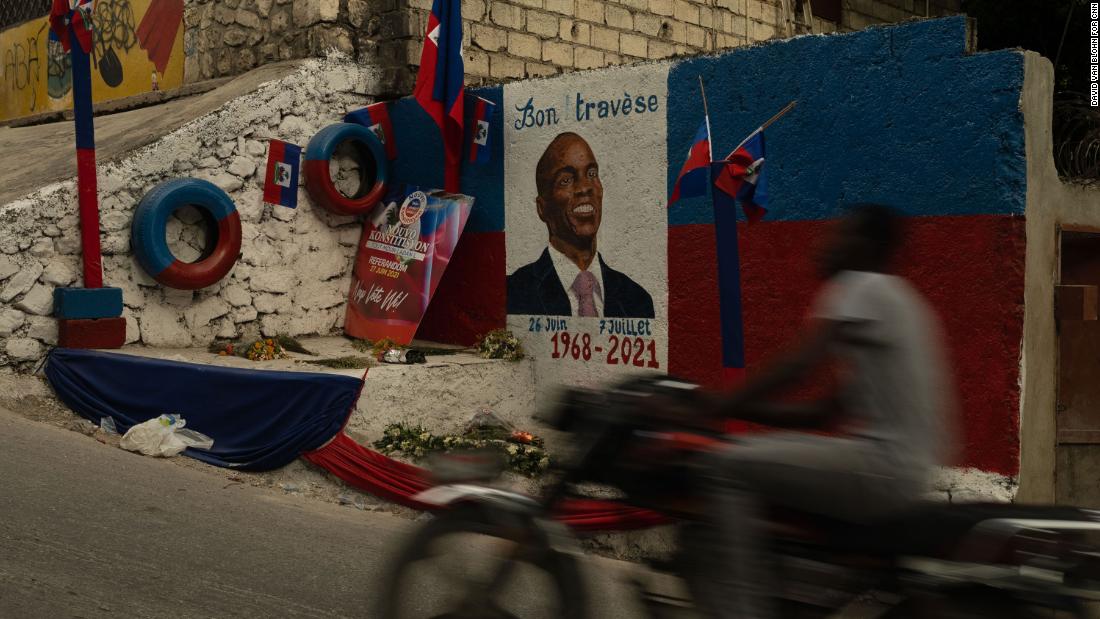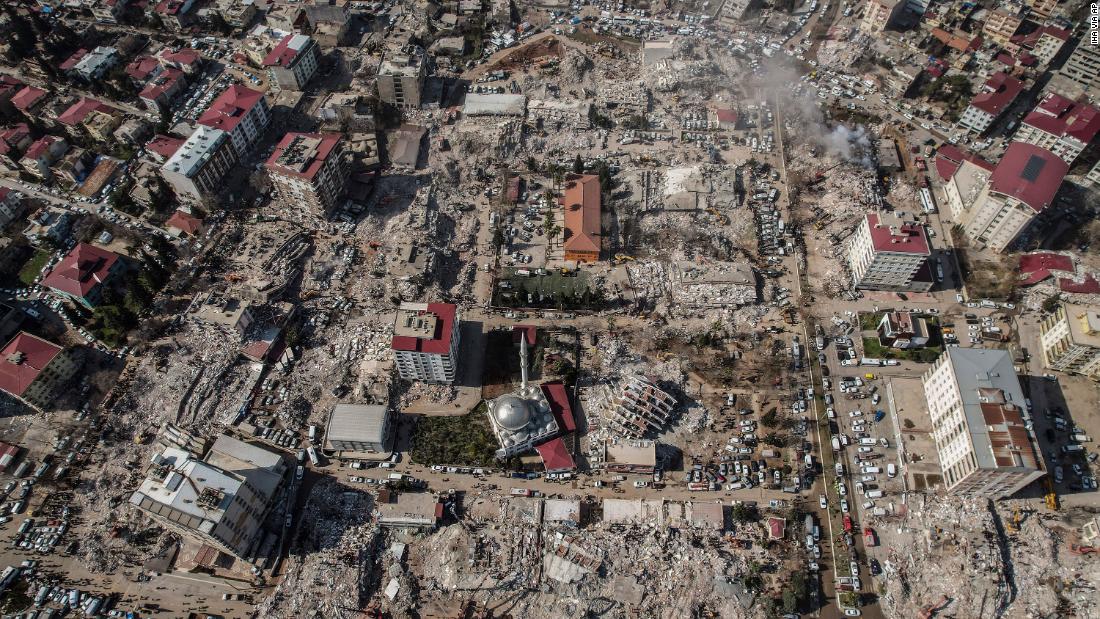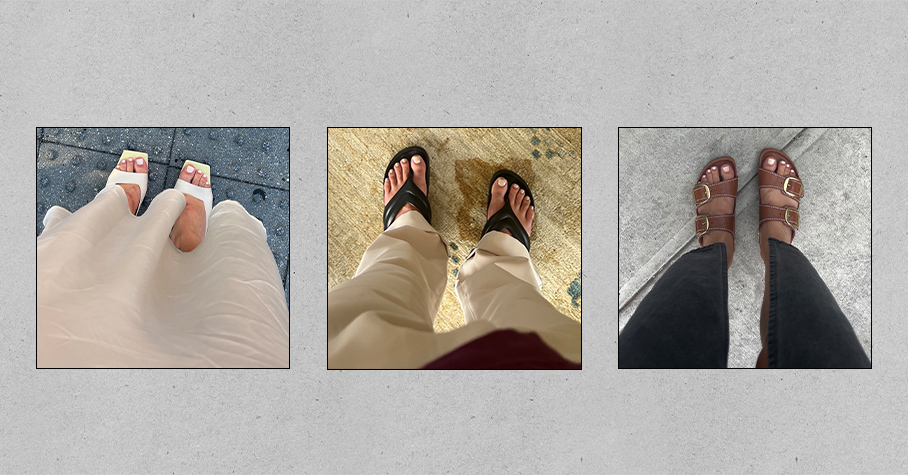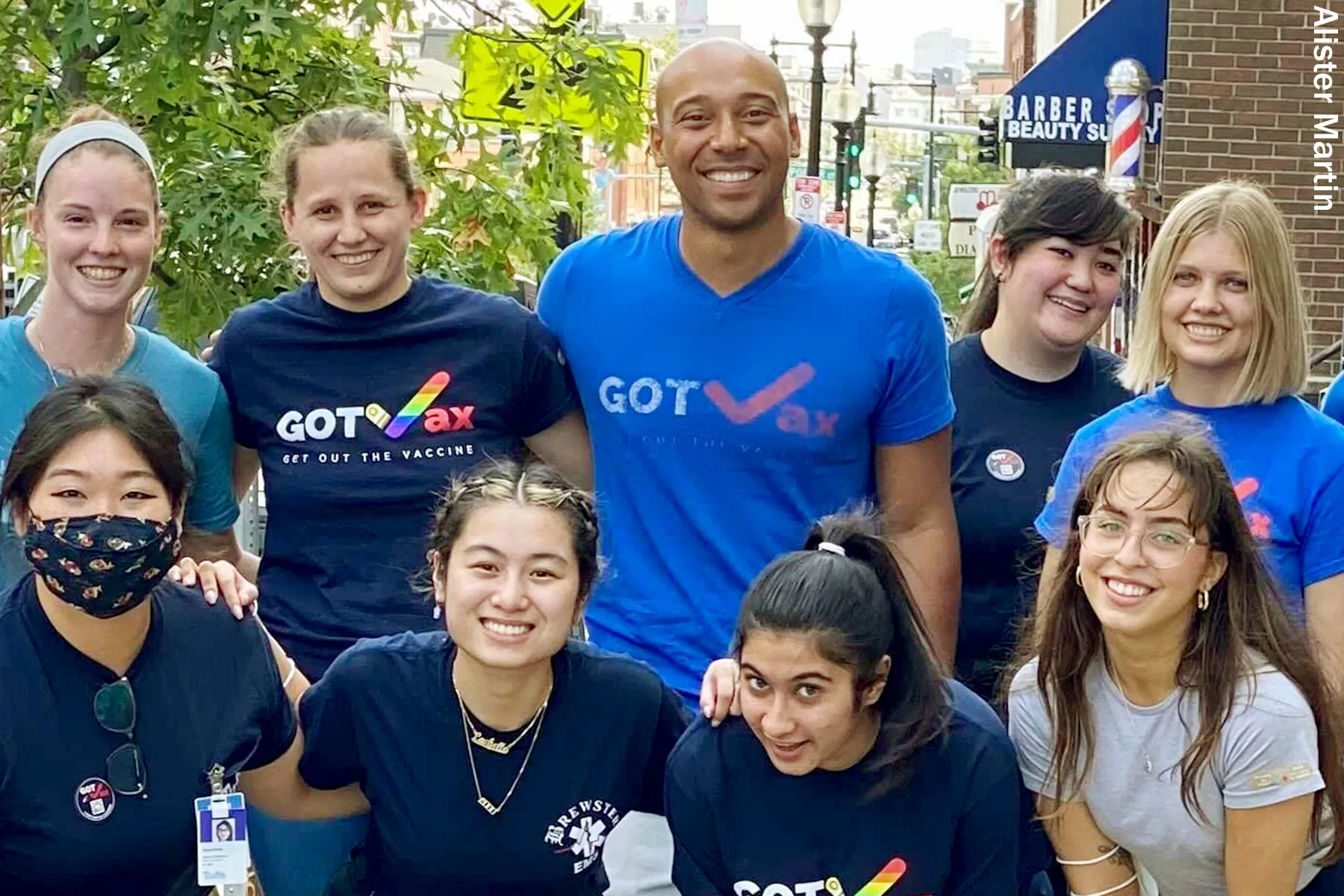New York Ruling Still Leaves Door Open for Gun Control: Study
Despite the Supreme Court’s decision to strike down New York State’s gun licensing regulations, a RAND study says ambiguities in the ruling allow states to impose some form of restrictions.

The Supreme Court ruling striking down New York State’s laws requiring permits for carrying a weapon will have a long-term effect on state gun laws, but in the interim it can be used by states to establish tougher gun restrictions, according to a new analysis from RAND Corporation.
The landmark June 23 ruling in New York State Rifle & Pistol Association, Inc. v. Bruen found that individuals’ right to carry firearms outside their homes without government oversight was protected by the Constitution.
The ruling up-ended decades of jurisprudence and regulation in New York and has been widely criticized by police and authorities as posing a new threat to public safety.
The RAND study, citing a panel of experts in firearms law, policy and U.S. history, said the ruling effectively left decision on gun permits in the control of states.,
While panel members agreed the ruling would have “crucial” impact on state gun policy, they also warned that that it “will create confusion and uncertainty in lower courts.”
“Although not a direct result of the reasoning in Bruen, it is possible that states favoring increasingly permissive gun laws may be prompted by the decision to further liberalize their gun laws,” the analysis said.
But it also pointed out that the ruling could be used by states in ways favored by gun control advocates.
“Key ambiguities and contradictions in the decision and its concurring opinions lead us to conclude that the most-likely outcomes for states will be that those wishing to impose restrictive firearm regulations will continue to be able to do so, though sometimes in modified ways,” the analysis said.
The Bruen ruling does not necessarily force states to abandon restrictive gun policies, Rand said.
For example, states can keep permit requirements as long as they are modified to fit what the Bruen decision allows.
The ruling allows states to require licenses or other forms of constraints to restrict the use of guns in “sensitive locations,” or densely populated public spaces—language that is left undefined and which subsequently allowed New York City authorities to deem Times Square and subway stations as eligible for protection.
“Although the decision allows that firearms can be banned from certain sensitive places, no clear guidance on how to determine the legitimacy of such regulations was offered in Bruen, meaning that states wishing to broaden or limit bans on firearms in sensitive places may be able to justify their choices,” the RAND report says.
However, despite the analysis, the report says new court rulings can help clear the current uncertainty, which can benefit or damage states looking to regulate firearms.
On Monday, U.S. District Judge Glenn T. Suddaby in Syracuse blocked some parts of the New York law, but kept in place restrictions in areas like Times Square or the subway system, Jimmy Vielkind reported for the Wall Street Journal.
At the moment, it’s unclear whether any similar cases to Bruen will be heard soon.
A list of members of the panel and the report itself can be downloaded here.
Additional Reading: Hawaii Struggles to Revise Gun Laws After Supreme Court Decision.
James Van Bramer is Associate Editor of The Crime Report.

 Landwebs
Landwebs 























